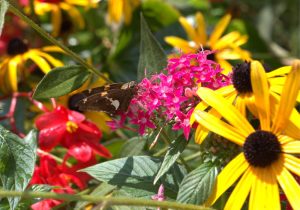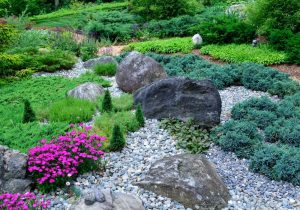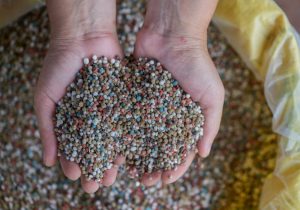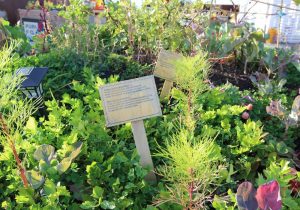Last Updated on June 6, 2024 by teamobn
Ginger is a highly favored plant both in the garden and in the kitchen. In fact, it’s one of the most widely cultivated crops in the world, famed for its many uses. Aside from its general use as a spice, ginger can also be candied, dried, and even turned into powder. The magic of ginger can easily be brought into your home by growing it in a container.
This articles goes through the process on how you can grow ginger in containers.
Growing Ginger in Containers
Contents
First, it’s important to know that we actually plant and harvest the ginger rhizome, not the root. It’s an easy mistake to make since the rhizome is commonly called a “ginger root.” The rhizome is a modified underground stem of the ginger plant, and it’s the part we need to grow in a container.
Selecting a Ginger Rhizome
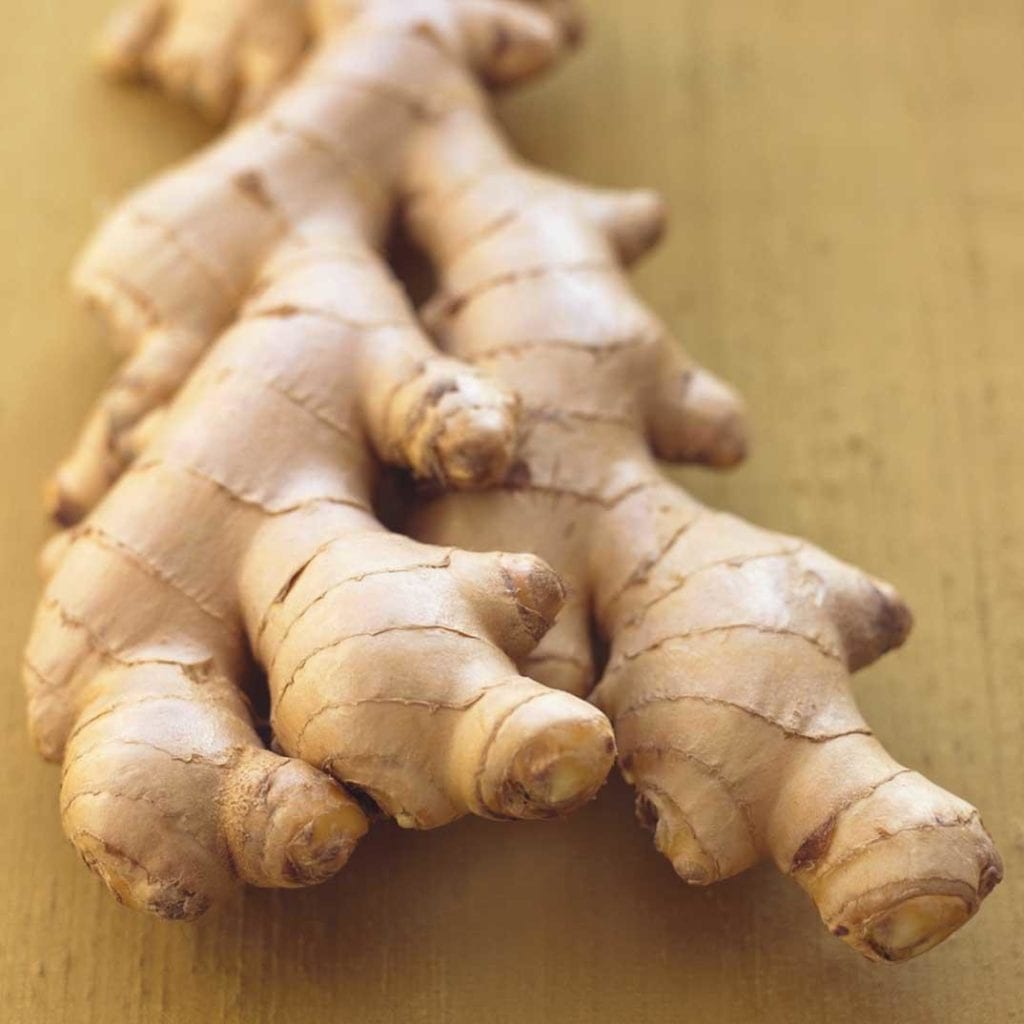
1. When buying ginger rhizomes at the grocery store or local market, you should look for ones that have many “eyes” that show signs of sprouting. These eyes are the site of new growth of a ginger in containers, from which roots and shoots emerge. Therefore, the more eyes, the more growth.
2. Another important factor is the size of the ginger in containers. The larger the rhizome you plant, the faster it grows. That’s because more surface area equals more room for shoots to sprout and more root growth below. When there’s sizeable root growth, photosynthesis is enhanced, ensuring a better harvest.
Planting a Ginger Rhizome
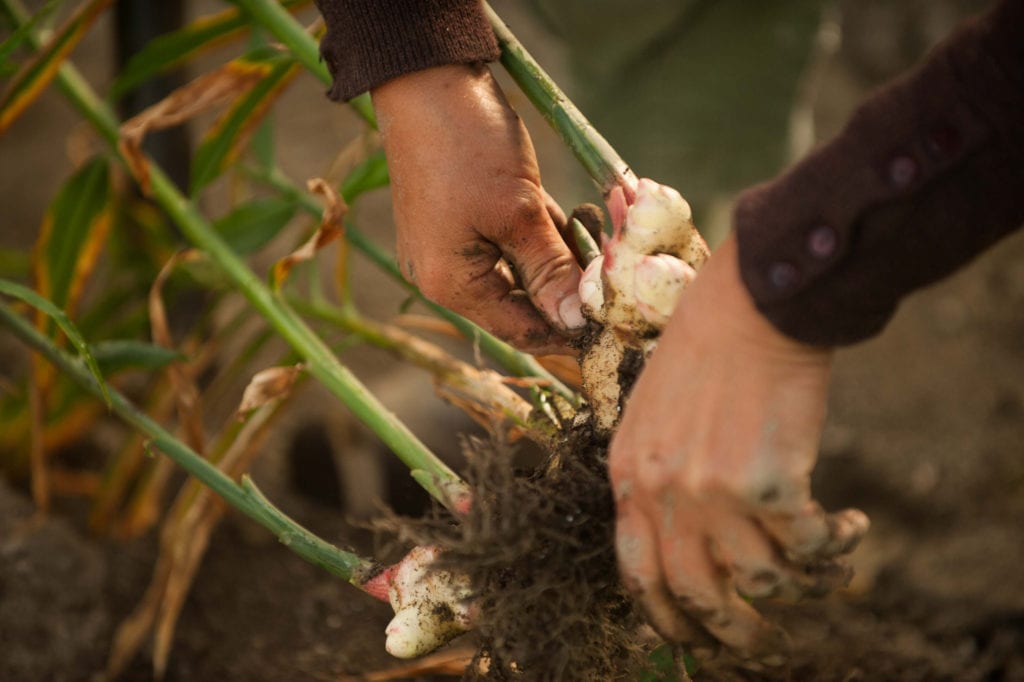
1. Select a wide, shallow pot for your container. Ginger in containers grows horizontally and the stalks creep in one direction. It, therefore, makes more sense to plant ginger in a wide pot rather than a narrow, deep one.
2. Fill the pot with a high-quality potting mix. Choose an organic matter that is rich and somewhat loose, so that the rhizome can creep and expand well. While some opt to pre-sprout ginger in a bowl of water, it is totally fine to plant ginger directly in this potting mix.
3. Place the ginger rhizome in the potting mix, covering it up to only half an inch. Ginger does not need to be planted deep in the soil, unlike other crops like potatoes.
4. Water it in. Take note not to overwater the soil, since there are no roots and shoots yet. One tip is to check the soil with your finger to see that not more than three inches have gotten moist from water.
5. Place the container indoors if you live in a specifically cold area. Ginger thrives in a tropical climate where humidity, heat, and moisture are high, so you need to protect the plant from cold and dry weather. Because of this, it is also best to plant ginger during spring. Whether planting indoors or outdoors, select a site where it can be exposed to 2-5 hours of direct sunlight and away from strong winds.
6. Apply fertilizer only after the cutting has grown roots and shoots. Use granulated or soil-mixed fertilizer with 5 parts nitrogen, 5 parts potassium, and 5 parts phosphorus. These macronutrients must be in equal proportion, because too much of one may lead to problems. For instance, too little nitrogen can cause the ginger roots to grow too slow, while too much might burn the roots. For really good growth and to prevent illness, the fertilizer must also include the micronutrients calcium, copper, magnesium, and manganese. To aid the plant in soaking up the nutrients, water the ginger at least once a day. Ginger needs fertilization once a month.
Potential Problems and Solutions
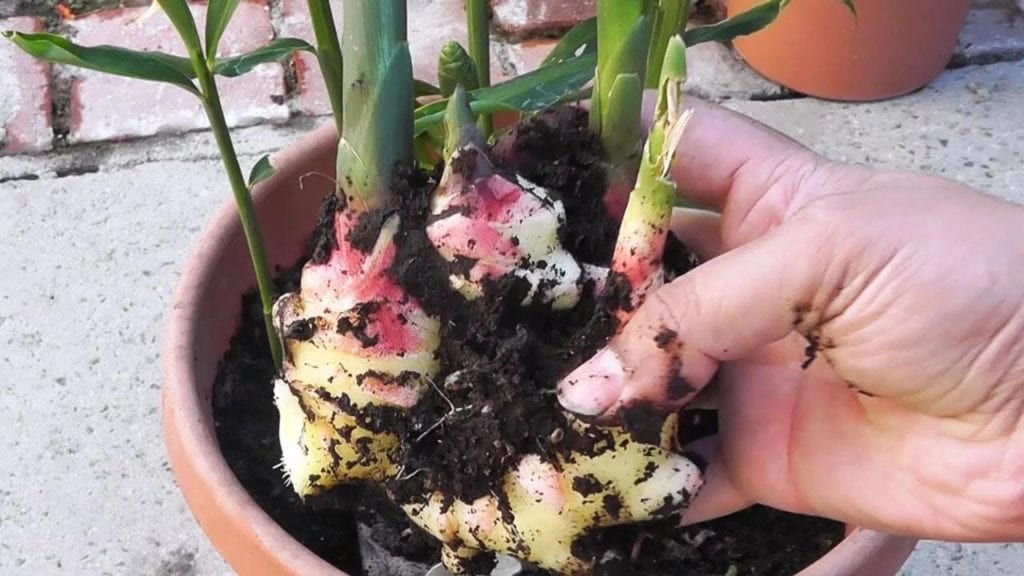
1. Browning tips – This is a sign that the soil for your ginger in containers is not moist enough. To solve this, throw some mulch on the soil and water the plant more often.
2. Yellowing tips – This is a sign that the ginger in containers is not getting enough nutrients. Ginger is a nutrient-loving plant, and its growth can be helped along with some organic granular fertilizer.
3. Flowers – These are actually not a problem, although some gardeners mistakenly worry about them. Ginger flowers are edible and can be plucked right off the plant.
Harvesting Ginger
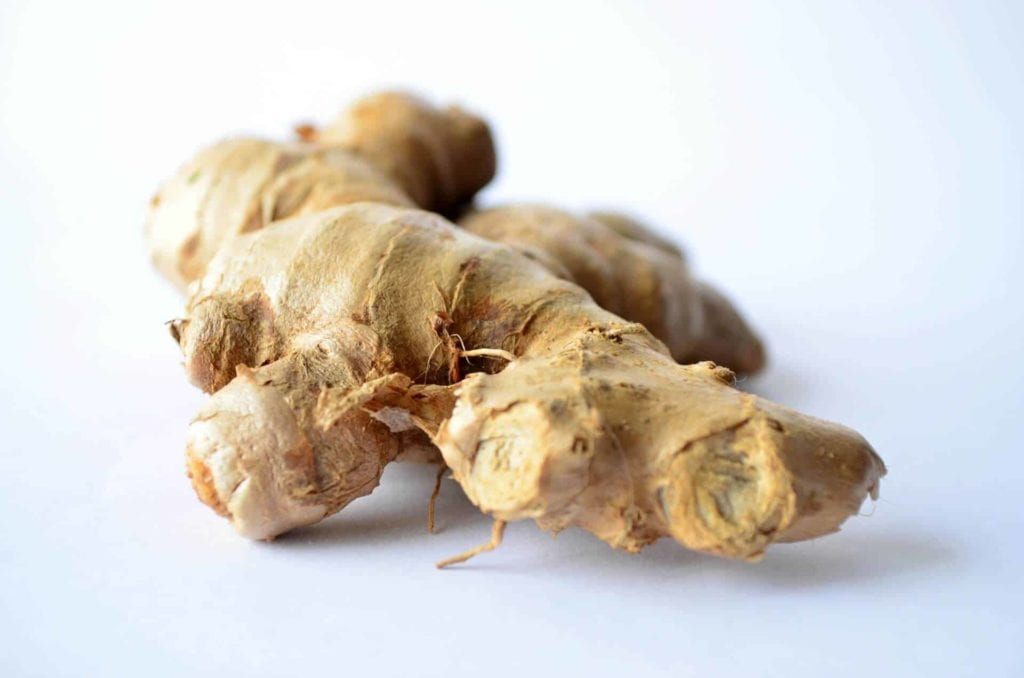
In warmer climates where ginger can be overwintered, simply snap off the new chunks of the rhizome for harvest and keep growing the rest of the plant. That way, the entire root and shoot system is not disturbed.
However, in colder climates where frost is a possibility, it is more practical to harvest the entire plant, since the plant would die back in cold weather anyway. You can store some of the harvest in a root cellar, to be planted again next spring when conditions are just right.
Common Pests and Diseases Affecting Ginger in Containers
Growing ginger in containers offers many benefits, but like all plants, it can still fall prey to certain pests and diseases. Being aware of these common issues and knowing how to tackle them is crucial for maintaining a healthy ginger plant. This section covers some of the most frequent problems you might encounter and provides effective solutions to keep your container-grown ginger thriving.
1. Rhizome Rot
Cause: Fungal pathogens such as Pythium, Fusarium, and Rhizoctonia species.
Signs: Soft, decayed rhizomes accompanied by a foul smell.
Prevention and Treatment: Ensure good drainage in your container and avoid overwatering. Use sterilized potting soil to prevent the introduction of fungi. If rot appears, remove and destroy affected parts of the rhizome and treat the remaining healthy parts with a fungicide recommended for edible plants.
2. Ginger Leaf Spot
Cause: Fungal infection from Phyllosticta zingiberi or Colletotrichum species.
Signs: Brown to black round spots on leaves which may lead to leaf drop.
Prevention and Treatment: Improve air circulation around your ginger in containers by not overcrowding plants. Remove and destroy infected leaves to prevent the spread of the fungus. Fungicidal sprays can be applied as a preventative measure during humid or wet seasons.
3. Root-Knot Nematodes
Cause: Microscopic worms that infect the roots of plants, including those grown in containers.
Signs: Swellings or galls on the roots which hinder the plant’s ability to absorb water and nutrients.
Prevention and Treatment: Use nematode-resistant varieties if available. Adding organic matter such as compost can help improve soil health and suppress nematode populations. If nematodes are present, you may need to replace the soil in your container and thoroughly clean the container before replanting.
4. Aphids
Cause: Small, soft-bodied insects that feed on plant sap.
Signs: Yellowing leaves and a sticky residue on the plant which can lead to sooty mold.
Prevention and Treatment: Regularly inspect your ginger in containers for aphids, especially under the leaves. You can wash them off with a strong jet of water or treat the plants with neem oil or an appropriate insecticidal soap.
5. Spider Mites
Cause: Tiny spider-like pests that thrive in dry, warm environments.
Signs: Fine webbing on the plant, yellow or bronze spots on leaves.
Prevention and Treatment: Increase humidity around your ginger in containers to deter spider mites. If infestation occurs, rinse the leaves with water and apply neem oil or an acaricide as directed.
By regularly monitoring your ginger in containers and addressing issues promptly, you can enjoy a healthy and productive plant. This proactive approach will ensure that your ginger thrives, providing you with fresh spice right from your home.
Optimal Conditions for Ginger Growth in Containers
Giving ginger its ideal growing environment is essential to its effective container growth. Because ginger grows in particular temperatures and soil types, it will be most healthy and productive if your container as nearly resembles these circumstances as possible.
This is what you need to know to set up container-grown ginger’s best growing environment.
1. Temperature and Humidity
Ideal Temperature: Ginger prefers warm temperatures, ideally between 75°F and 85°F (24°C to 29°C).
Ideal Humidity: High humidity levels, around 70% to 90%, are best for ginger.
Tips: Place your ginger in containers in a location that maintains these temperature and humidity levels. If you live in a cooler climate, consider using a greenhouse or placing your container in a sunny indoor spot that stays warm. Use a humidity tray or mist the plant regularly to maintain high humidity.
2. Light Requirements
Sunlight Needs: Ginger requires partial shade or filtered sunlight.
Tips: In a garden, ginger would typically grow under the canopy of taller plants. When growing ginger in containers, replicate this by placing the container in a spot that receives indirect sunlight or dappled shade for most of the day. Too much direct sunlight can scorch the leaves, while too little can inhibit growth.
3. Soil and Drainage
Soil Type: A rich, loamy soil that is well-draining and rich in organic matter is ideal.
Drainage: Excellent drainage is crucial to prevent root rot.
Tips: Use a high-quality potting mix designed for tropical plants or make your own by mixing two parts garden soil, one part compost, and one part perlite or sand. Ensure the container for your ginger has adequate drainage holes.
4. Watering Schedule
Water Needs: Ginger likes consistently moist soil, but not waterlogged.
Tips: Water your ginger in containers when the top inch of soil feels dry to the touch. During hot, dry periods, you may need to water more frequently. Always check the moisture level before watering to avoid overwatering, which can lead to root rot.
5. Fertilization
Nutrient Needs: Ginger is a moderately heavy feeder.
Fertilizer Recommendation: Use a balanced organic fertilizer that is rich in phosphorus to encourage good rhizome development.
Tips: Fertilize your ginger in containers once every four to six weeks during the growing season. Ensure the fertilizer is well-diluted to avoid burning the plant’s roots.
Your ginger in containers will be in the best possible environment to grow strong and healthily, producing an abundant crop of fresh ginger for use in cooking and herbal medicines.
Conclusion
Growing ginger in containers allows you to enjoy this versatile spice right from your home, regardless of your garden space. By carefully managing the conditions such as light, temperature, and soil quality, you can ensure a healthy and productive plant. Embrace the process, and you’ll find that growing ginger offers both culinary delights and a satisfying gardening experience.


